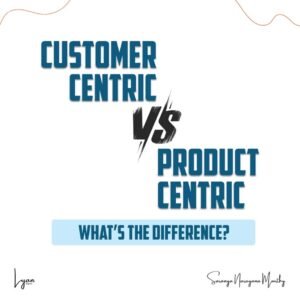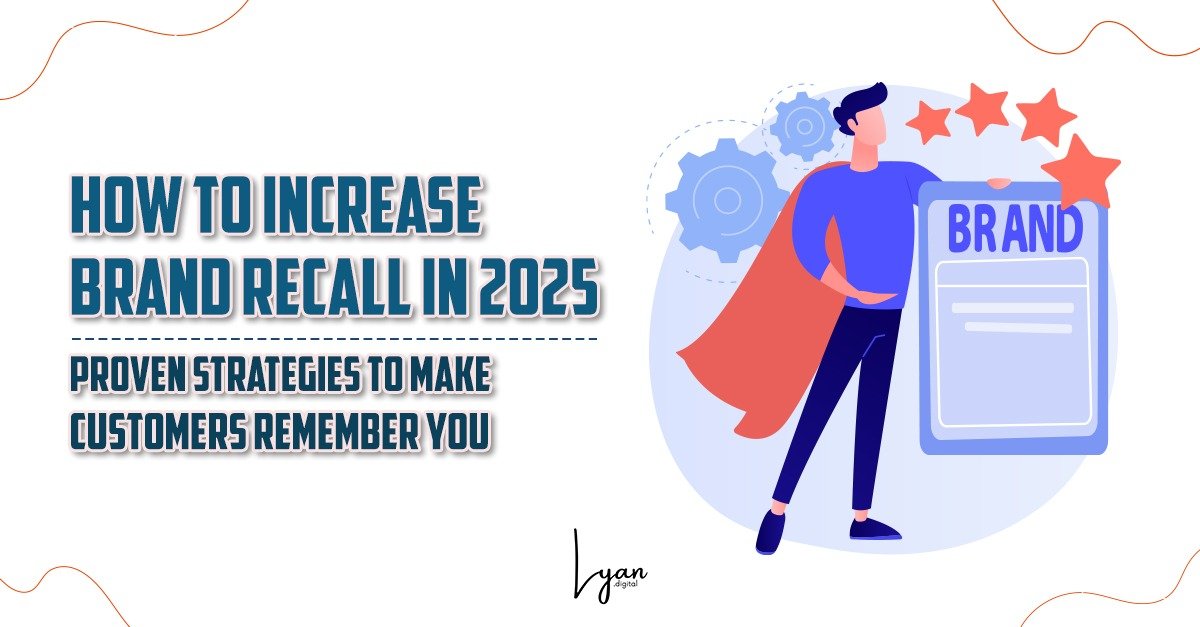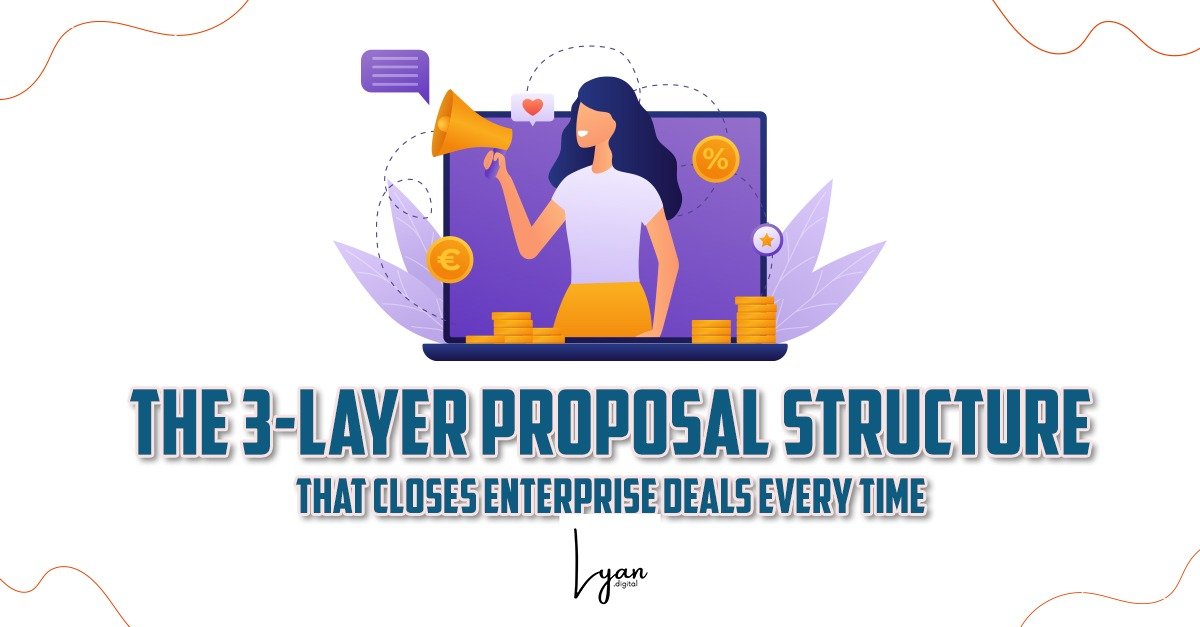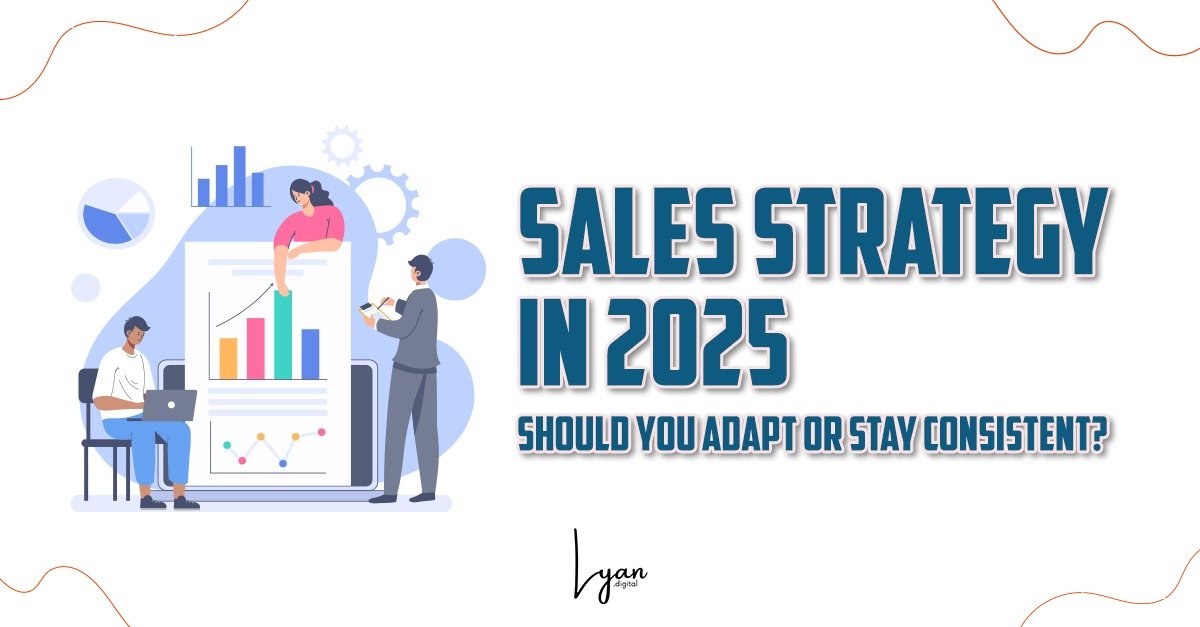Hey there, entrepreneur! If you’re feeling a bit stuck—unsure about whether your product fits your audience or how to even communicate its value—then you’re in the right place. Let’s dive into the two key approaches to product development and how you can create the perfect product that aligns with your customer’s needs.
Why This Matters
Did you know that half of your sales are already done when your product perfectly solves a customer’s problem? But here’s the twist: building the right product is about three-fourths of the job. Without a product that fits, no amount of marketing will do the trick.
Today, we’ll look at two approaches:
- Customer-Centric Product Development
- Product-Centric Product Development
I’ll explain both in detail so you can decide what works best for your journey. But first, let’s clarify what these approaches mean.
Customer-Centric vs. Product-Centric: What’s the Difference?
Here’s how these two approaches differ:
- Customer-Centric Product Development:
You start with your audience. You know who they are, what problems they face, and you create a product tailored to solving those problems. - Product-Centric Product Development:
Here, the starting point is the product itself. You design something based on your vision and then look for customers who fit the product.
Both approaches work, but your strategy will depend on your goals and situation.
Step 1: Customer-Centric Product Development
If you’re taking the Customer-Centric route, your focus is on solving a specific problem for a specific audience. Here’s how you can do it:
1. Know Your Audience
You can’t solve problems for people you don’t understand. Start with one well-defined audience. Be specific! For instance:
- Are they parents struggling with time management?
- Are they small business owners trying to save costs?
When you define your audience, you’re already one step closer to creating a solution they’ll love.
2. Identify a Wicked Problem
What’s a wicked problem, you ask? It’s a complex issue that your audience faces daily but might not even notice. These problems are often ignored or accepted as unavoidable.
Examples of Wicked Problems:
- Customers abandoning carts in an online store.
- Employees frequently leaving a company, causing inefficiencies.
- Water bottles slipping out of hands too easily.
Find one wicked problem that’s common to your audience. This becomes the foundation for your product idea.
3. Use the “5 Whys” Method
The 5 Whys is a simple but powerful tool to uncover the root cause of a problem. Here’s how it works:
Let’s say your problem is “Customers don’t return to my website after one visit.”
- Ask Why? Maybe the website isn’t engaging.
- Then ask Why again: Why isn’t it engaging? Perhaps it lacks valuable content.
- Keep asking Why until you identify the root cause.
This process gives you a clear understanding of where to focus your efforts.
4. Ideate with Divergent Thinking
Once you understand the root cause, it’s time to brainstorm solutions. Use Divergent Thinking to come up with as many ideas as possible—don’t hold back!
After generating ideas, switch to Convergent Thinking to evaluate and narrow down your options. Focus on feasibility:
- Does the solution fit your budget and resources?
- Will your audience find it practical and appealing?
At the end of this process, you’ll have one solid, workable idea to move forward with.
5. Test Your Idea
Your first idea isn’t your final product—it’s a starting point. Before investing too much, validate it through:
- Focus Groups: Share a mock-up or explainer video with your audience. Gather feedback on both positives and negatives.
- Pilot Runs: Create a minimal version of your product (MVP) and let your audience test it.
The feedback from these tests will help you refine your product before a full-scale launch.
Step 2: Product-Centric Product Development
On the other hand, if you’re starting with a product idea, here’s how you can ensure it finds the right audience:
1. Validate the Need
Ask yourself:
- Who needs this product?
- What problems does it solve?
- Is the problem big enough to warrant a solution?
2. Identify Your Target Audience
Even if your product is the starting point, you need to pinpoint an audience that will benefit from it. Research their demographics, preferences, and pain points.
3. Prototype and Test
Just like with the customer-centric approach, testing is crucial. A focus group discussion or pilot run can help you identify any issues and fine-tune your product before launch.
Step 3: The Magic of Combining Both Approaches
What if you could blend both approaches? Start with a customer problem, design a product, and then refine it until it fits perfectly. Here’s how:
- Understand your audience.
- Identify a problem worth solving.
- Develop an idea using divergent and convergent thinking.
- Test and refine your product.
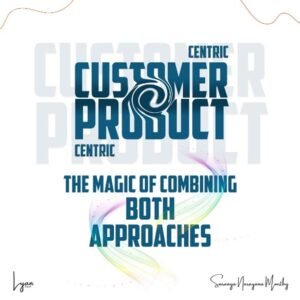 Why This Process Works
Why This Process Works
Following this structured approach doesn’t just help you build a better product—it positions you as an innovative entrepreneur. Whether you’re pitching to investors or entering the market, having a clear, validated process will set you apart.
And remember: innovation isn’t just about creativity. It’s about applying the right techniques to solve real problems effectively.
Final Thoughts
Building the right product for the right audience isn’t a one-time effort—it’s an iterative process of understanding, designing, testing, and refining. Whether you start with a product idea or a customer need, the key is to stay focused, gather feedback, and adapt.
If this blog sparked some ideas or gave you clarity, I’d love to hear from you. Connect with me on LinkedIn, and let’s discuss how you can take your product to the next level.
Until next time, happy innovating!

